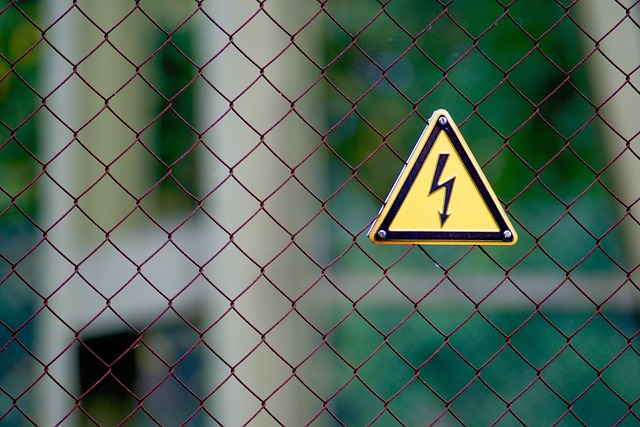Hyperpigmentation kratom combines the anti-inflammatory properties of kratom with targeted skincare treatments to reduce and fade dark spots caused by increased melanin production. While kratom doesn't cure hyperpigmentation directly, it aids in skin recovery and can offer relaxation benefits crucial for muscle repair. Integrating kratom into post-workout routines provides multiple advantages for athletes, making it a valuable tool for optimal athletic performance and addressing skin issues like hyperpigmentation.
In the realm of athletic performance, proper recovery is paramount. This article delves into an innovative approach to post-training recovery strategies, guided by the natural remedy kratom. Hyperpigmentation, a common skin concern for athletes, often impedes skin healing. We explore how kratom, known for its restorative properties, can aid in mitigating hyperpigmentation and enhancing overall skin health. By integrating kratom into your recovery routine, you can potentially accelerate healing and achieve optimal well-being post-workout.
- Understanding Hyperpigmentation and Its Impact on Skin Recovery
- Exploring Kratom as a Natural Remedy for Skin Healing
- Integrating Kratom into Effective Post-Training Recovery Strategies
Understanding Hyperpigmentation and Its Impact on Skin Recovery
Hyperpigmentation, a common skin concern, refers to areas of the skin that are darker in color compared to the surrounding tissue. This condition can impact skin recovery after training or injury due to its effect on melanin production and skin cell turnover. Melanin, responsible for skin color, is produced by specialized cells called melanocytes. In response to inflammation or damage, these cells may overproduce melanin, leading to hyperpigmented spots or patches.
When considering kratom as a recovery aid, understanding hyperpigmentation becomes relevant. Kratom, known for its pain-relieving and anti-inflammatory properties, can help reduce skin irritation and promote healing. However, it’s important to note that while kratom may support overall skin health, it doesn’t directly address hyperpigmentation. Treatment options for this condition often involve targeted skincare products containing ingredients like vitamin C, retinoids, or hydroquinone, which work to inhibit melanin production and fade dark spots over time. Combining these approaches—using kratom for inflammation and topical treatments for hyperpigmentation—can be a comprehensive strategy for post-training skin recovery.
Exploring Kratom as a Natural Remedy for Skin Healing
Kratom, a natural herb with a growing popularity in wellness circles, has shown potential as a holistic approach to various health concerns, including skin care. Beyond its well-known effects on mood and pain management, kratom’s anti-inflammatory properties make it an intriguing option for accelerating skin recovery and reducing inflammation associated with conditions like hyperpigmentation.
Research suggests that kratom’s active compounds can stimulate collagen production, a key factor in promoting skin elasticity and repair. This is particularly beneficial for addressing skin damage and uneven tone caused by sun exposure or other factors leading to hyperpigmentation. As a natural remedy, kratom offers an alternative approach to conventional treatments, providing a gentle yet effective way to enhance the healing process without harsh chemicals often found in skincare products.
Integrating Kratom into Effective Post-Training Recovery Strategies
Kratom, a natural herb known for its diverse therapeutic properties, offers a unique opportunity to enhance post-training recovery strategies. For athletes and fitness enthusiasts, effective recovery is key to performance improvement, and kratom can play a significant role in this process. Integrating kratom into your post-workout routine may provide several benefits, particularly in managing muscle soreness and fatigue. The herb’s active compounds have been linked to reduced inflammation, which is often at the root of delayed-onset muscle soreness (DOMS).
Moreover, kratom’s ability to stimulate certain opioid receptors in the brain can contribute to a more comfortable recovery experience. This effect may help ease pain perception, allowing individuals to engage in post-training activities without the usual discomfort. Additionally, kratom’s potential to improve sleep quality is valuable for athletes; adequate rest is essential for muscle repair and growth, and hyperpigmentation kratom varieties have been associated with enhanced relaxation and restorative sleep.
In conclusion, understanding hyperpigmentation and its impact on skin recovery is paramount in developing effective post-training strategies. As previously mentioned, kratom emerges as a promising natural remedy for skin healing due to its anti-inflammatory and antioxidant properties. By integrating kratom into their routines, athletes can enhance their skin’s ability to recover from training-induced hyperpigmentation, promoting a more even and healthy complexion. This holistic approach combines traditional knowledge with modern practices to optimize both physical and aesthetic recovery.














